Cédric Piette
XCSP3-core: A Format for Representing Constraint Satisfaction/Optimization Problems
Sep 01, 2020
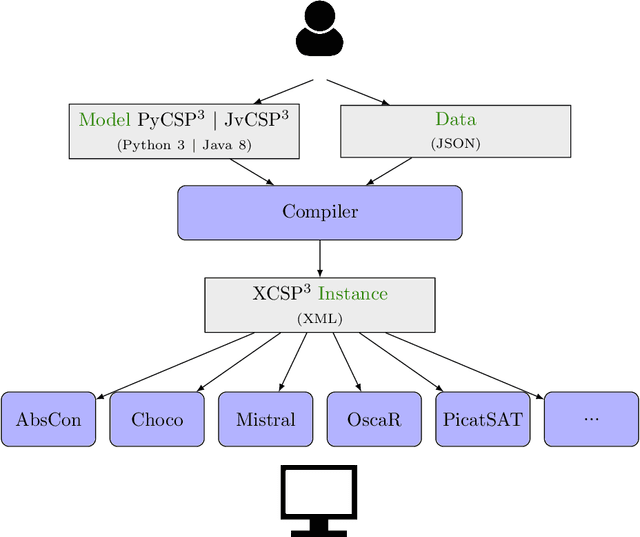
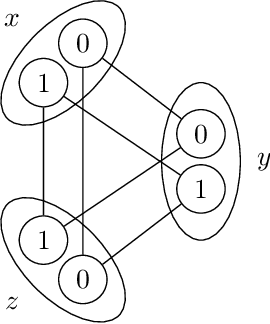
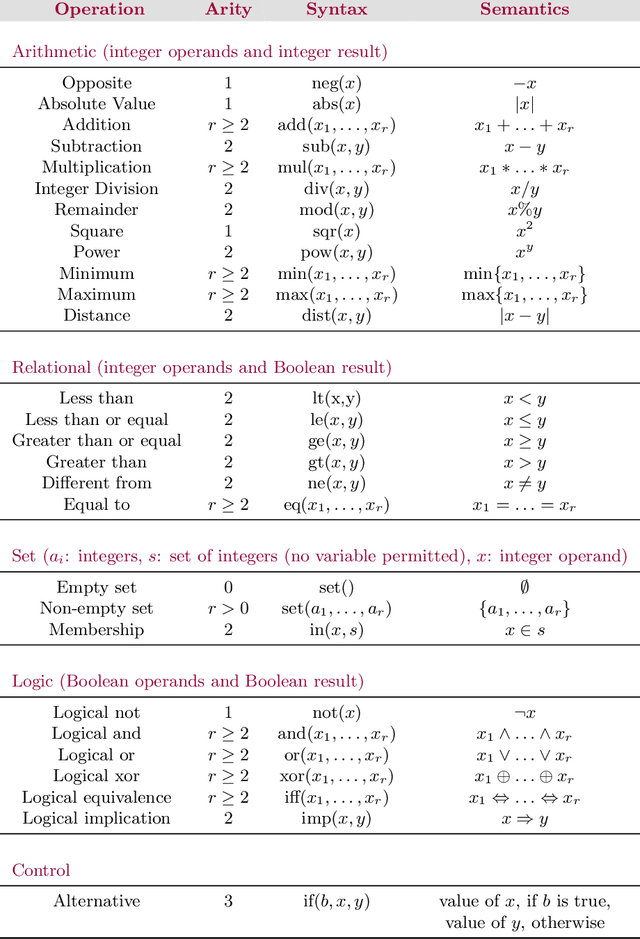
Abstract:In this document, we introduce XCSP3-core, a subset of XCSP3 that allows us to represent constraint satisfaction/optimization problems. The interest of XCSP3-core is multiple: (i) focusing on the most popular frameworks (CSP and COP) and constraints, (ii) facilitating the parsing process by means of dedicated XCSP3-core parsers written in Java and C++ (using callback functions), (iii) and defining a core format for comparisons (competitions) of constraint solvers.
Ludii and XCSP: Playing and Solving Logic Puzzles
Jun 29, 2019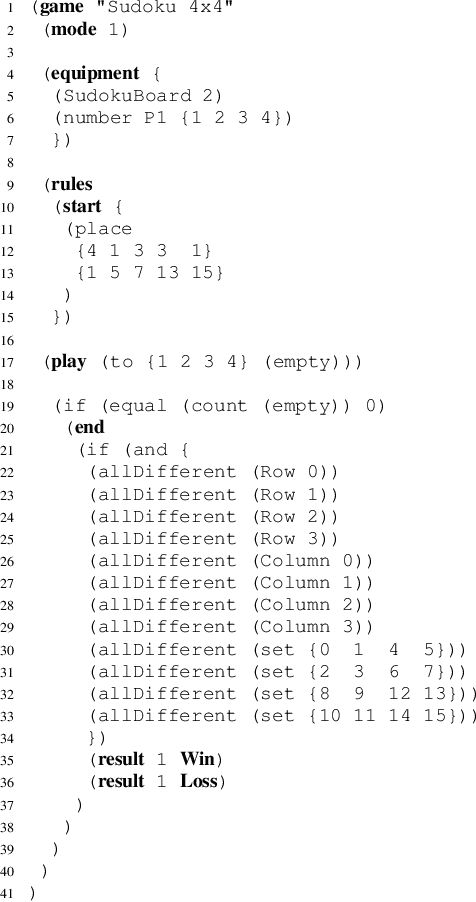
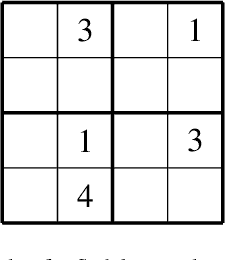
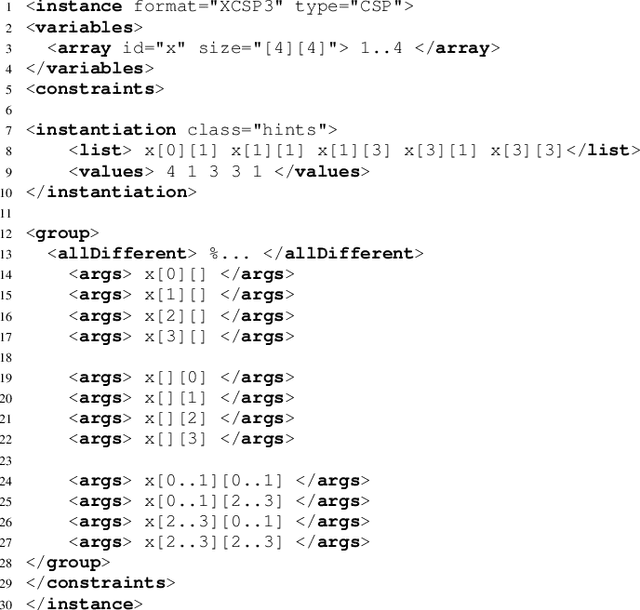

Abstract:Many of the famous single-player games, commonly called puzzles, can be shown to be NP-Complete. Indeed, this class of complexity contains hundreds of puzzles, since people particularly appreciate completing an intractable puzzle, such as Sudoku, but also enjoy the ability to check their solution easily once it's done. For this reason, using constraint programming is naturally suited to solve them. In this paper, we focus on logic puzzles described in the Ludii general game system and we propose using the XCSP formalism in order to solve them with any CSP solver.
XCSP3: An Integrated Format for Benchmarking Combinatorial Constrained Problems
Apr 06, 2018



Abstract:We propose a major revision of the format XCSP 2.1, called XCSP3, to build integrated representations of combinatorial constrained problems. This new format is able to deal with mono/multi optimization, many types of variables, cost functions, reification, views, annotations, variable quantification, distributed, probabilistic and qualitative reasoning. The new format is made compact, highly readable, and rather easy to parse. Interestingly, it captures the structure of the problem models, through the possibilities of declaring arrays of variables, and identifying syntactic and semantic groups of constraints. The number of constraints is kept under control by introducing a limited set of basic constraint forms, and producing almost automatically some of their variations through lifting, restriction, sliding, logical combination and relaxation mechanisms. As a result, XCSP3 encompasses practically all constraints that can be found in major constraint solvers developed by the CP community. A website, which is developed conjointly with the format, contains many models and series of instances. The user can make sophisticated queries for selecting instances from very precise criteria. The objective of XCSP3 is to ease the effort required to test and compare different algorithms by providing a common test-bed of combinatorial constrained instances.
 Add to Chrome
Add to Chrome Add to Firefox
Add to Firefox Add to Edge
Add to Edge